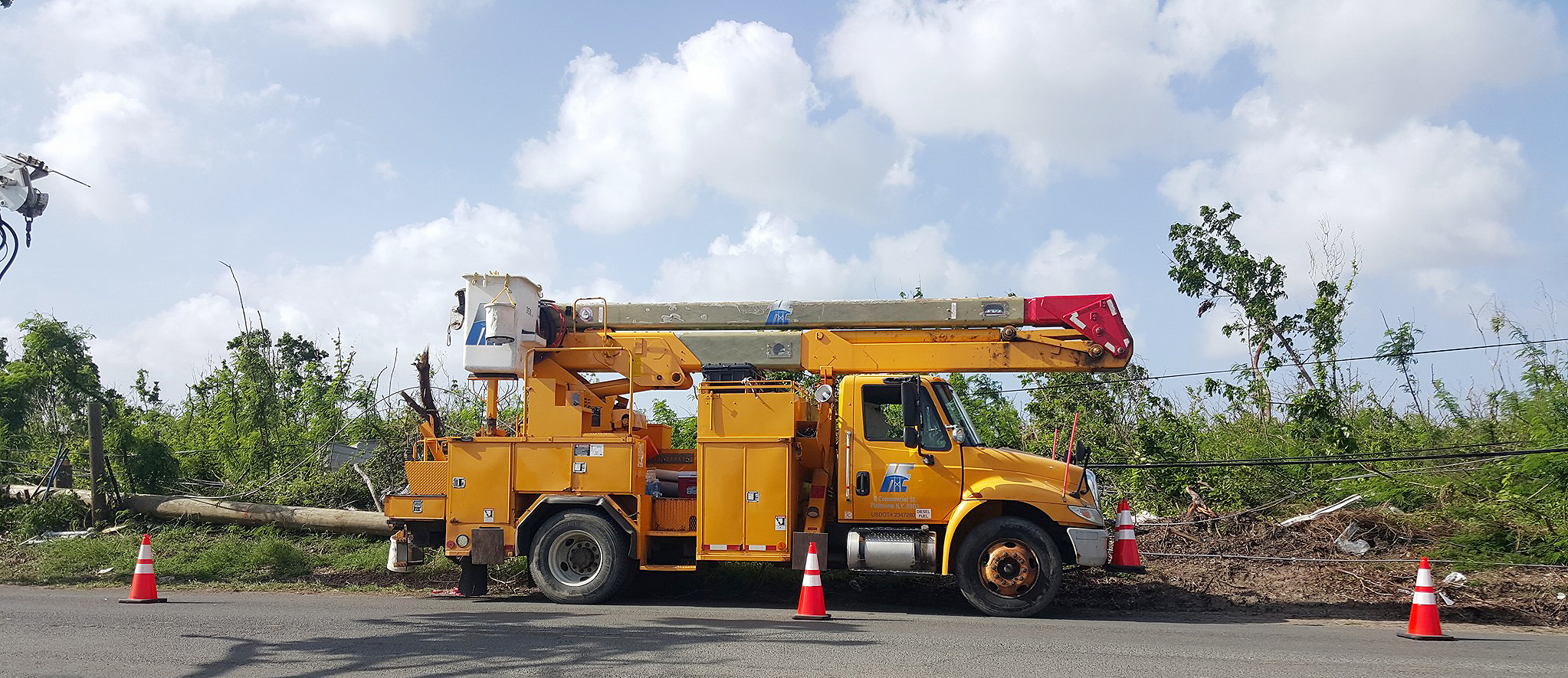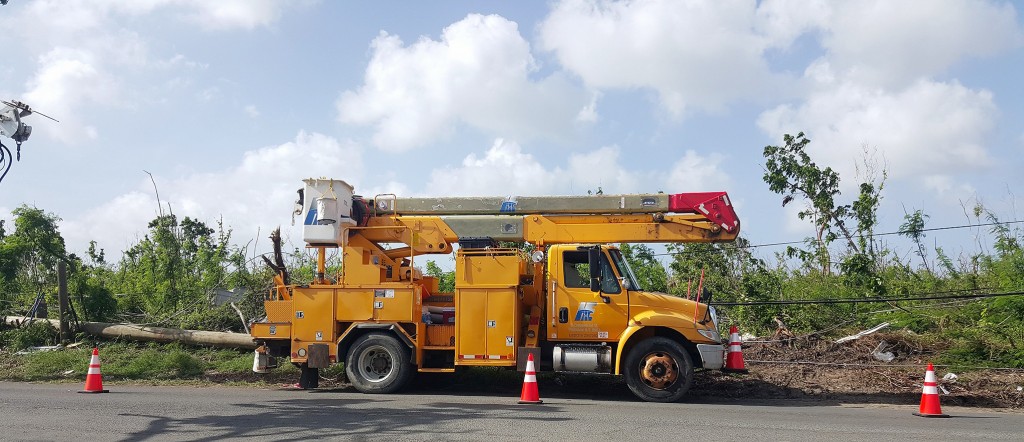
News Americas, MIAMI, FL, Fri. Oct. 27, 2017: It’s been 38 days exactly – as of today, Oct. 27, 2017 – since Hurricane Maria slammed into the 84.17 square miles island territory of St. Croix in the U.S Virgin Islands.
Maria came in as a screeching 175 miles per hour force of nature that lifted off roofs, blew out glass windows and doors from behind hurricane shutters; raped trees of their branches and leaves and sent them face down into the mud; splintered electricity poles like a manic axe-man; turned metal towers and antennas into a deformed pile of rubble and brought flood waters rushing into homes while turning roads into rivers.
Today, 38 days later, the population that remains – some 45,000 or so long time Crucians, expats and foreign workers in this U.S. territory – are settling in to what has become a new ‘normal’ in an era where getting anything done is a lot longer as the hands of time appears to have been flung swiftly backwards.
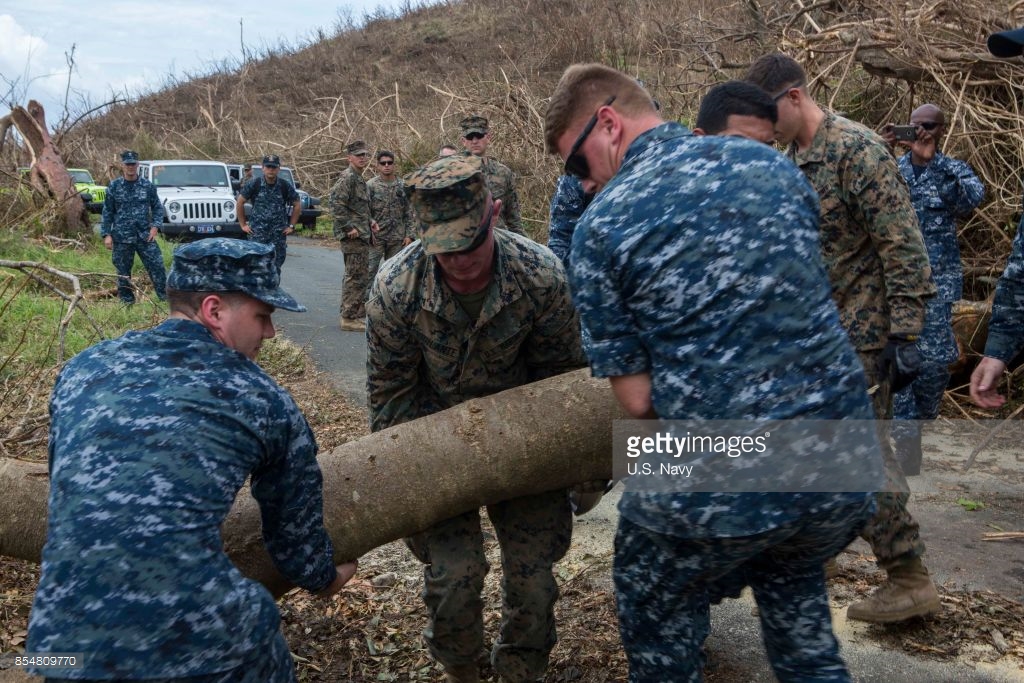
St. Croix-born resident Judith Rogers knows this all too well. She has lived through Hurricane Hugo as well as now Irma and Maria.
“My life routine is much more manual now,” Rogers told News Americas. “Everything has to be planned – from baths to dinner, to laundry and everything in between. All these things require steps in advance that were not part of my regular routine. For activities of daily living – we need lots of ice for refrigerating medication. Good coolers are a hot commodity. Battery-powered lights are a staple – however the variety of batteries needed are in very short supply. The island lost most of its fruit trees, so fresh fruit is also in short supply – we spend a lot of time searching grocery stores for bananas.”
Every morning now for the past month, when Rogers gets up at the crack of dawn, she starts off her day by checking the propane gas tank – which is still leaking in the line from a puncture during Hurricane Maria – so she can draw water from the cistern and boil it for breakfast, dishes and baths.
“From there I’m waiting for the curfew to break while charging my phone in the car so I can get on the road to find a location for connecting a hot spot getting online. If gas is needed for the vehicle, I navigate the gas stations, hoping to find a short line. When ice is needed, I schedule that in as I can’t get it until end of day, or it will be half a bag when I get home,” she explains.
“The end of the day brings another flurry of activity to get home before the curfew is back on – it was 7 p.m. and just changed to 8 p.m. The highlight of the evening is listening to the Governor’s press conference where he and his cabinet enlighten the community on the government’s assessment of progress of the recovery. By 8:30 p.m. it’s flashlights out and time for bed.”

But through it all she remains thankful.
“In some ways, I’m thankful that I am of a certain age, and therefore can step back in time. Yes, I’m recalling the most effective way to collect water from a cistern. I even went out and bought the proper aluminum pail and nylon rope, that I recall from my childhood,” Rogers added.
Crucian Sonia Boyce is experiencing this new ‘back in time’ reality that Rogers has lived through.
My routine has changed so much because of no electricity and limited or no access to Wifi, cell phones, the Internet, computers, printers and just being able to make a simple phone call, she told NAN.
Now like many, Boyce says she has to drive around the island trying to find a signal; then pull over on the side of the road to make a call and then pray it goes through and hope the person on the other end can actually hear her or she can hear them.
She is also dealing with traffic issues daily as roads are blocked or damaged from the hurricane more than a month later and the clean-up of mountains of debris including fallen telephone poles and trees that jut into the roads continue.
“I’m sitting in my car for long lengths of time just to get from one location to the next and then rushing to get things done before dark,” Boyce said.
Like thousands across the island now living under a 5 a.m. to 8 p.m. curfew without power, no running water and little to no communication has become the order of the day along with getting cash to survive in a cash only society so you can buy food daily and gas for those lucky to own and run a generator.
“I’m getting water from a cistern; going to bed early, getting food daily and waiting in long, lines for everything,” said Boyce. “I definitely have to do more with less and I certainly miss the sheer joy of just being able to do laundry at home and make a phone call that goes through on the first try.”
Trinidad-born, long-time St. Croix resident, Lorna Williams-Sutton, is also trying hard to cope with the new reality that changed the lives of Crucians overnight.
“The lack of electricity has impacted me greatly because I have sleep apnea and I need a CPAP (Continuous Positive Airway Pressure) machine to sleep at night. So I’m dependent on the generator and it’s not for a back-up anymore,” she added.
While Williams-Sutton was lucky not to lose her roof to the storm, she admits her house has some cracks and her fence is completely gone.
But that is secondary to her now as her daily tasks includes trying to find food to feed her family, getting to supermarkets early to get basic commodities and getting to work on a route that has less downed power lines or less debris in order to avoid being stuck in a traffic jam for hours.
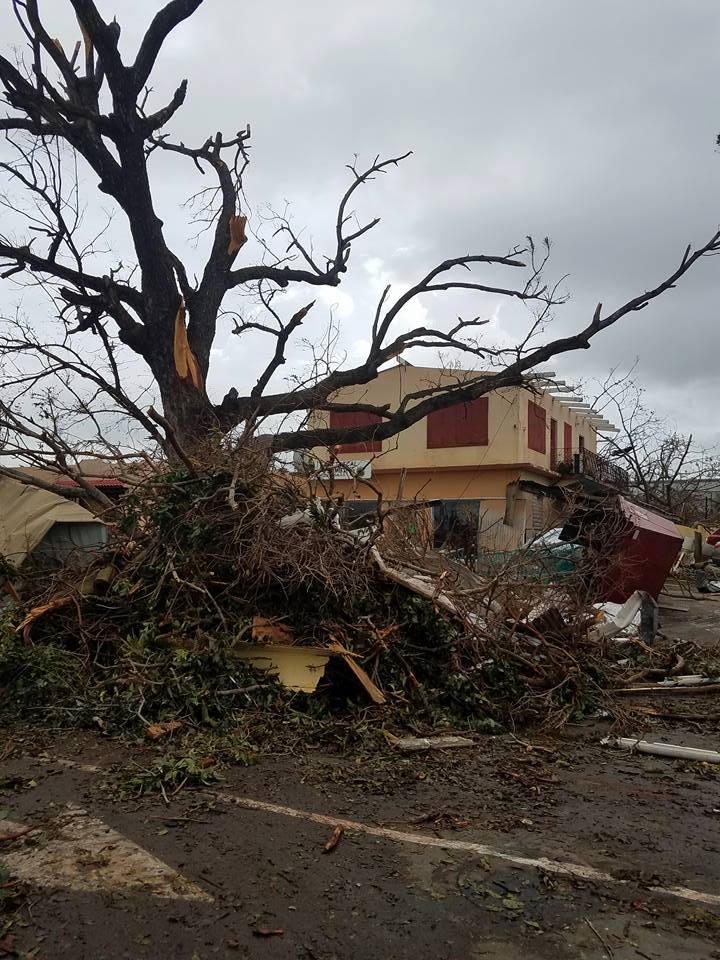
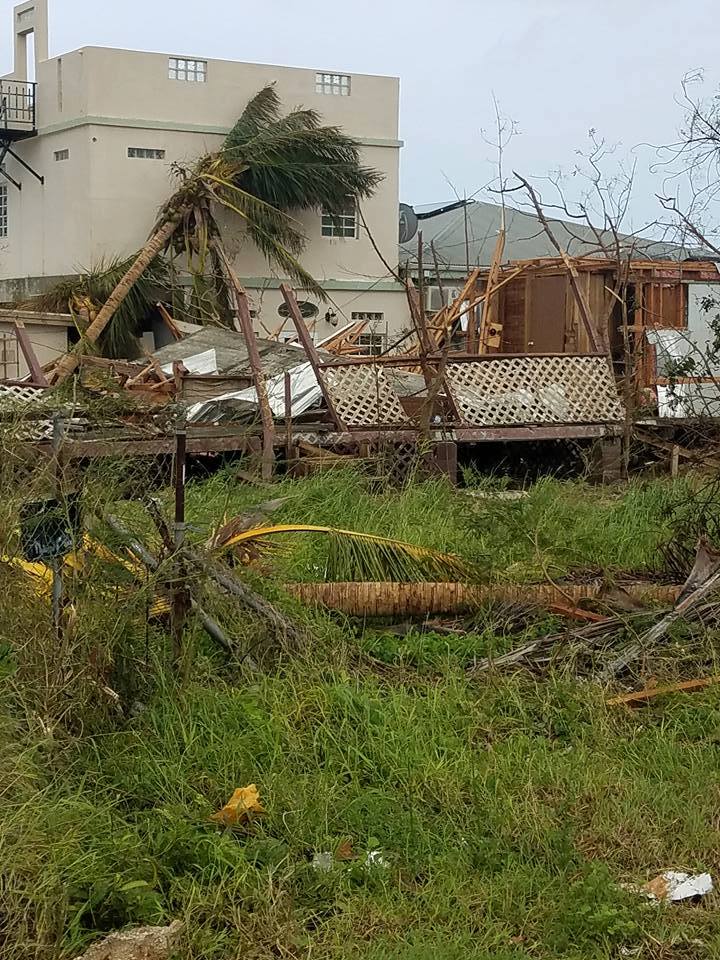
Some of the super markets are not restocking as often so things you took for granted like buying simple ingredients to make a meal or toasting bread is the new reality, Williams-Sutton she said, revealing how she has taken to now toasting bread in a frying pan on the gas stove.
“The things we took for granted like running water, ice, electricity, street lighting, telephone service, Internet service, reading an email, going out when you want to, use of debit card/credit cards, going to the bank and stocking up groceries from the supermarket once a week – these things are no longer part of our life today on St. Croix,” she added.
For Josh Rames, the St. Croix-born general manager of WSTX Radio, that new normal now includes running water from a cistern into a bucket daily to take a cold bath and ensuring he has cash in his pocket before heading out to get gasoline to run generators so the radio station can get on the air.
With only 85 percent of the island still without electricity, Rames has been putting out his own money after losing a tower and transmitter to the storm, to keep the generators going within curfew hours so the station’s hosts can inform residents of key information that has now become critical to daily living.
With power non-existent, many have been forced to walk back in time to dust off a transistor radio, add a few crucial batteries and tune in for important updates like locations of critical relief supplies; signing up for FEMA aid; obtaining tarpaulins for their roofs and road closures because of debris cleaning.
The messages have become a critical lifeline on an island where the smart phone just does not seem that smart anymore and where the once taken for granted television sits silently in a corner with generator power only reserved for critical chores.
Community activist and St. Croix national Melody Rames, who also owns a public relations company on the island, has seen this first hand as she moves around, volunteering and taking care packages to the elderly via the organization, Operation Rebuild The Virgin Islands.
“We gave this one older gentleman at Estate Ruby a package that included four batteries and he held on to them and looked like a kid getting the best gift at Christmas as he had a radio and can now listen to it,” she related to NAN recently, adding that batteries are like ‘gold’ currently on the island – hard to come by and pricey.
Rames, like many, have lost business income and suffered damage to her home even as she is forced to spend a lot of money daily to buy food and gasoline to power her generator so she can have lights at least three to four hours a day.
But unlike some 5,000 who have left on Mercy flights and cruise rides, Rames says she is staying – at least until she gets her FEMA application and insurance sorted out.
“The days are really hard … you are up when sun rises but it is hard to get anything done. I can’t call even my daughter everyday now. It’s frustrating. A lot of things you have taken for granted is gone,” she said. “And everything that belongs outside is trying to get in or sting you – wasps, mosquitoes and bees.”
While many have left, media personality and Crucian-born Anthony Weekes has returned to the island.
He was stuck in Miami, Florida after the storm and only managed to return to St. Croix on. October 6th with the reopening of the island’s airport.
Weekes says he returned home to the amazement of the devastation and extent of damages of the hurricanes and no roof on his home.
“It’s like a bomb was dropped on St. Croix,” Weekes told New Americas last week during several phone calls that kept on dropping. “You cannot imagine the devastation.”
Now he makes do with a plastic and tarpaulin roof that brings in water into the house when it rains and a few hours of power nightly from a generator.
“You have burned vegetation, debris all over; roads that are impassable, you can barely communicate via phone and we are all living on generators – loud machines running sometimes by some all night; and we are sitting in the house from 7 p.m. being bitten by mosquitoes and sweating,” said Weekes. “This is our new reality.”






